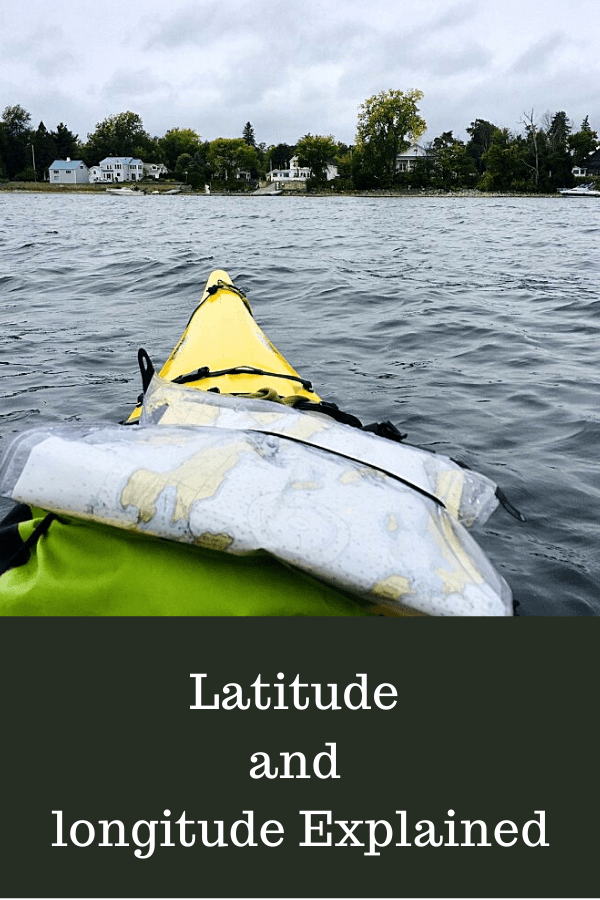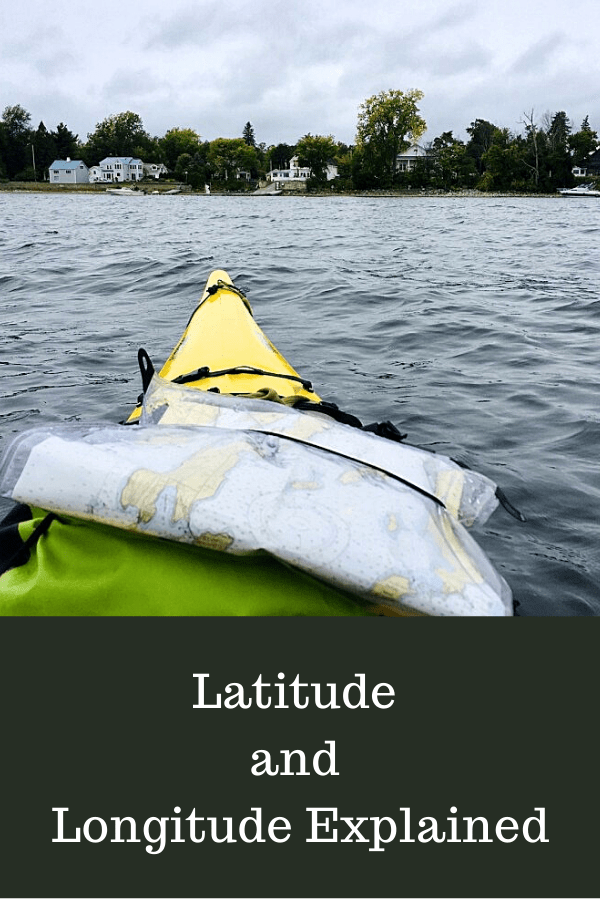Latitude and longitude are the two sets of circles that we use to divide up the earth into sections. These are also one of the most reliable ways for us to determine location and how far we are going to go. The easiest way, of course, to determine latitude and longitude is to use a GPS system. These are not too expensive, can be mounted on your kayak, and will give you accurate location readings.
Latitude are the lines that circle the globe. There are several ways that people remember this. One way is to think of latitude as a sort of ladder that allows you to climb up to the top of the globe. I just remember that the latitude lines are all parallel to the equator. Latitude lines are denoted by degrees. The equator is at 0 degrees latitude, the north pole is at 90 degrees and the south pole is at -90. This is important to remember so that when you hear how many degrees latitude something is, you can get a general idea of where it is on the globe without even looking at the map.
Longitude lines all circle the entire globe, and they all pass through both the north and south poles. Longitude lines are divided into 360 degrees. One thing to remember that is different between latitude and longitude is that while latitude lines are all evenly spaced, longitudinal lines are closer together when you get closer to the poles of the earth. The prime meridian is at 0 degrees longitude. This line passes through England. Longitude lines count up in degrees in either direction from this line, however, unlike latitude lines there are is no such thing as a negative longitude. Instead, we have 0 to 180 degrees East and 0 to 180 degrees West.
As you might guess, the number of degrees (180 latitude lines from north to south, and 360 longitude lines around the globe) are not enough to get very precise. For that reason, longitude and latitude can also be measured in minutes and seconds in addition to degrees. Essentially, the space between every line of latitude or longitude can be divided into 60 minutes, and each of these minutes can be divided into 60 seconds.
Interestingly enough, the distance between minutes of latitude is almost exactly a nautical mile. As a result, using degrees, minutes, and seconds, we can get very precise measurements of latitude and longitude.



